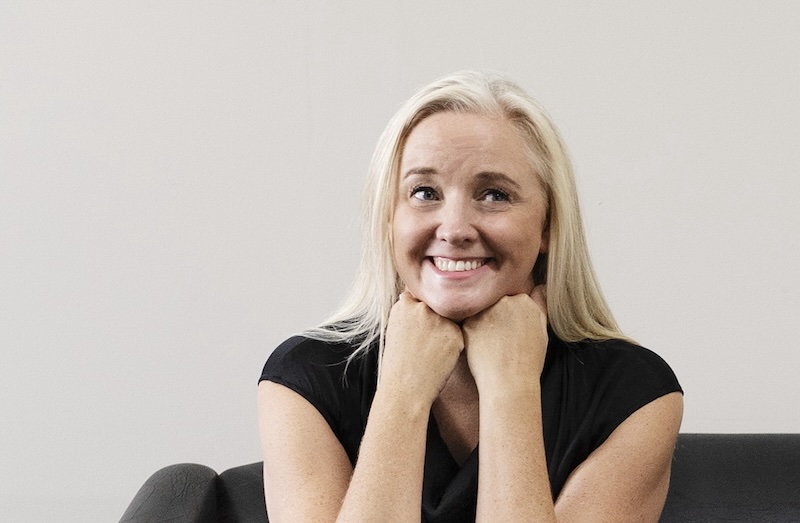Many workers may have the right to work from the couch, but that doesn’t mean their boss is more chill than usual. If anything, that boss may be watching them more closely.
No longer able to crane their necks around the cubicle and check in on workers, more employers have turned to monitoring digital productivity instead. Eight out of the 10 largest private employers in the U.S. are tracking productivity metrics for their employees, according to an examination from The New York Times. Some of this software measures active time, watches for keyboard pauses, and even silently counts keystrokes.
J.P. Morgan, Barclays Bank, and UnitedHealth Group all track employees, The Times reported, seeing everything from how long it takes to write an email to keyboard activity. There are repercussions if workers aren’t meeting expectations: a prodding note, a skipped bonus, or a work-from-home day taken away, to name a few.
For employers surrendering in the fight to return to the office, such surveillance is a way to maintain a sense of control. As Paul Wartenberg, who installs monitor systems, told The Times, “If we’re going to give up on bringing people back to the office, we’re not going to give up on managing productivity.”
The trade-off of remote work
Most CEOs are over remote work, unlike the workers themselves. J.P. Morgan’s Jaimie Dimon, Goldman Sachs‘s David Solomon, and Tesla‘s Elon Musk all recently urged their employees to come back to headquarters.
But employees are putting up a fight. In May, Apple workers threatened to quit following Tim Cook’s memo regarding a hybrid work plan.
Since the pandemic, many knowledge workers have fought for the freedom to work whenever and from wherever they choose. Most (95%) want flexibility in their hours, per a Future Forum Pulse survey. The idea is that remote work allows employees to have a longer leash, able to work on their core tasks within their own schedule.
“People don’t want a full, nine-to-five day of meetings,” Brian Elliott, executive leader of the Future Forum, told Fortune in February. “They want the flexibility to turn off notifications when it’s right for them. Maybe for caregivers, it’s the flexibility to log off from 3 p.m. to 8 p.m., and then come back and do some heads-down work after the kids are in bed.”
While hybrid work has gained popularity recently, many employers are reluctant to give up the war for full-time attendance. Meanwhile, the number of people that want to go to the office full-time reached its lowest point in two years in July.
But tracking these remote workers’ every move doesn’t seem to be telling employers much. “We’re in this era of measurement but we don’t know what we should be measuring,” Ryan Fuller, former vice president for workplace intelligence at Microsoft, told the Times.
It all sounds counterproductive. Managers may be wasting time using productivity trackers just for the sake of it. Nervous remote employees may also be wasting a bit of time— data from Qatalag and GitLab found that knowledge workers spend about 67 extra minutes a day trying to prove that they’re online and not slacking off.
The reality is that hybrid workers are the most productive, according to early research. They’re more likely than full-time remote or in-office workers to report feeling productive, engaged, and optimistic about their performance.
Maybe everyone would be a bit more productive if they stopped trying to prove productivity.
Sign up for the Fortune Features email list so you don’t miss our biggest features, exclusive interviews, and investigations.




















Discussion about this post